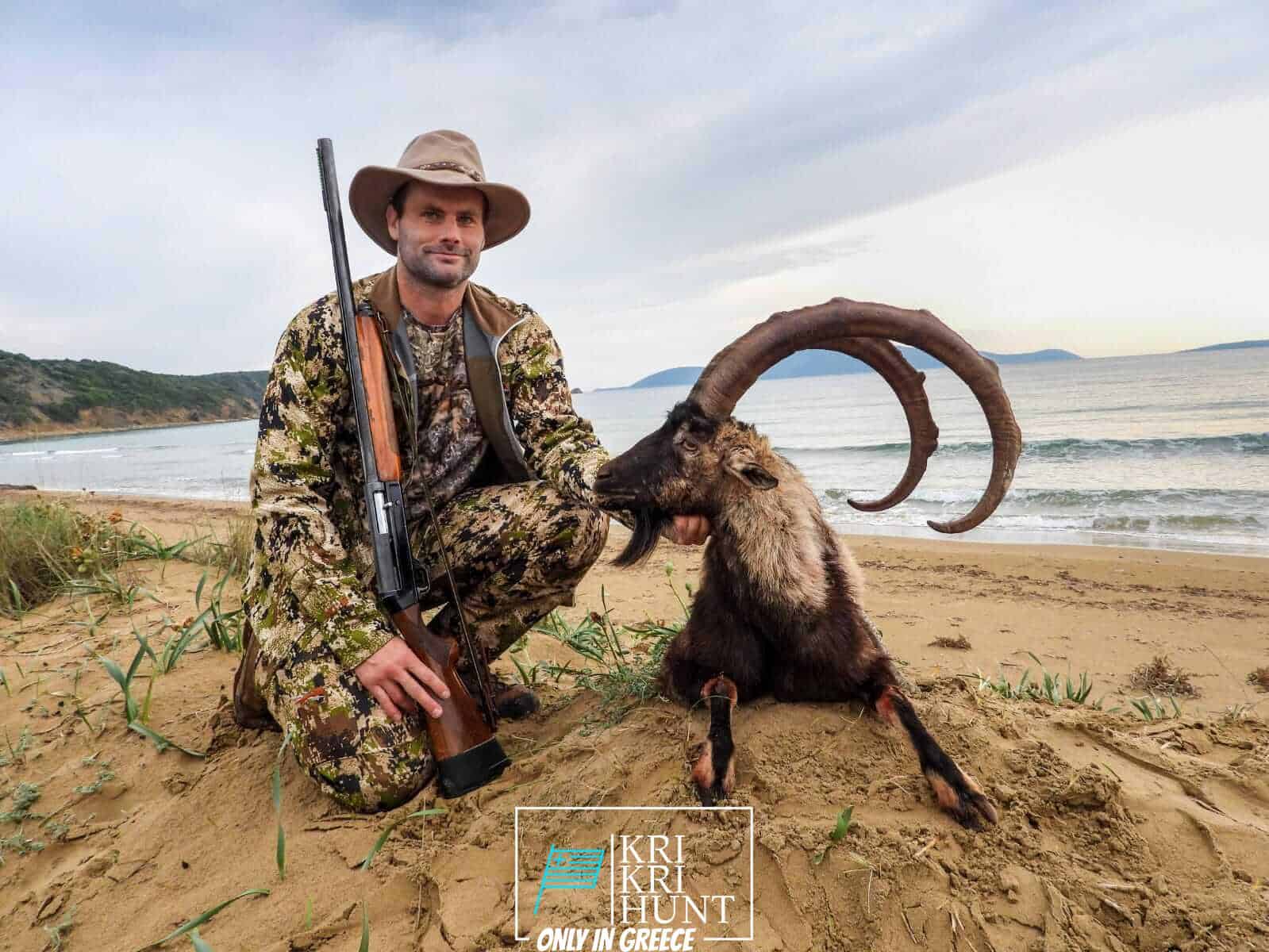
To many people today, The Peloponnese peninsula on the Greek Mainland is the 'real' Greece, where points have not altered much in all over the centuries despite the fact that many people have found it. This is an area where you can easily invest a month or even more but if you are short on time after that our searching and exploring Peloponnese Tours from Methoni is a fantastic option. The Peloponnese peninsula has something for everyone with its various tasks and also destinations.

This Ibex is not a diminutive type of the Bezoar Ibex, which has actually migrated to the western edge of its array. The kri-kri (Capra aegagrus cretica), likewise called the Cretan goat, Agrimi, or Cretan Ibex, is a wild goat aboriginal to the Eastern Mediterranean. The kri-kri (Capra aegagrus cretica), a feral goat occupying the East Mediterranean, was as soon as believed to be a subspecies of wild goat. The kri-kri has a light brownish coat with a darker neck band. Their two sweeping horns increase from their head. The kri-kri is a shy as well as wary pet in the wild, resting during the day. They can jump fars away or climb seemingly large cliffs.
What to Expect on a Peloponnese Tour? You can anticipate to be blown away by the natural appeal of the location when you book one of our hunting as well as visiting Peloponnese Tours from Methoni. From the excellent coastlines to the hills and forests, there is something for every person to enjoy in the Peloponnese. In addition, you will have the chance to taste several of the best food that Greece has to provide. Greek food is renowned for being delicious and fresh, as well as you will absolutely not be let down. Among the best parts about our trips is that they are developed to be both enjoyable and educational. You will learn more about Greek background and culture while also getting to experience it firsthand. This is an impressive possibility to submerse on your own in everything that Greece needs to use.
If you are trying to find Kri Kri ibex hunt as well as unforgettable getaway location, look no further than the Sapientza island in Greece. With its spectacular all-natural elegance, delicious food, and also abundant society, you will not be disappointed. Reserve among our searching and also touring Peloponnese Tours from Methoni today, dot forget your prize Kri Kri ibex!
What is the diference between Kri Kri ibex, Bezoar ibex and hybrid ibex
The kri-kri is not thought to be indigenous to Crete, most likely having been imported to the island during the time of the Minoan civilization. Nevertheless, it is found nowhere else and is therefore endemic to Crete. It was common throughout the Aegean but the peaks of the 8,000 ft (2,400 m) White Mountains of Western Crete are their last strongholds–particularly a series of almost vertical 3,000 ft (900 m) cliffs called ‘the Untrodden’—at the head of the Samaria Gorge. This mountain range, which hosts another 14 endemic animal species, is protected as a UNESCO Biosphere Reserve. In total, their range extends to the White Mountains, the Samaria National Forest and the islets of Dia, Thodorou, and Agii Pandes.
This Ibex is NOT a diminutive form of the Bezoar Ibex, which has migrated into the western-most reach of the range of this species. The kri – kri (Capra aegagrus cretica), sometimes called the Cretan goat, Agrimi, or Cretan Ibex, is a feral goat inhabiting the Eastern Mediterranean, previously considered a subspecies of wild goat. The kri-kri has a light brownish coat with a darker band around its neck. It has two horns that sweep back from the head. In the wild they are shy and avoid tourists, resting during the day. The animal can leap some distance or climb seemingly sheer cliffs.
“The agrimi goat Capra aegagrus cretica is unique to Crete and its offshore islands. It has been identi®ed as a sub-species of the wild bezoar goat Capra aegagrus aegagrus Erxleben, 1777, which it closely resembles in horn shape, body form and coloration. This classi®cation has been disputed by some researchers who claim that the agrimi are feral goats, derived from early domestic stock brought to the island by the ®rst Neolithic settlers. In order to clarify this issue, DNA analyses (cytochrome b and D loop sequences) were carried out on tissue of live and skeletonized agrimi and compared to sequences of wild and domestic caprines. Results conclusively show the agrimi to be a feral animal, that clades with domestic goats (Capra hircus) rather than with wild Asiatic bezoar. This study demonstrates that morphometric criteria do not necessarily re¯ect genetic af®nities, and that the taxonomic classi®cation of agrimi should be revised.”